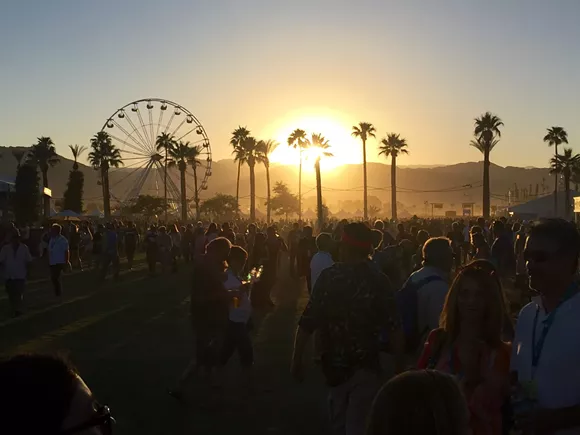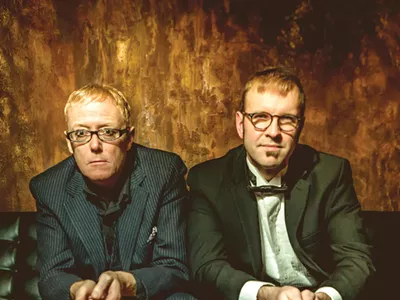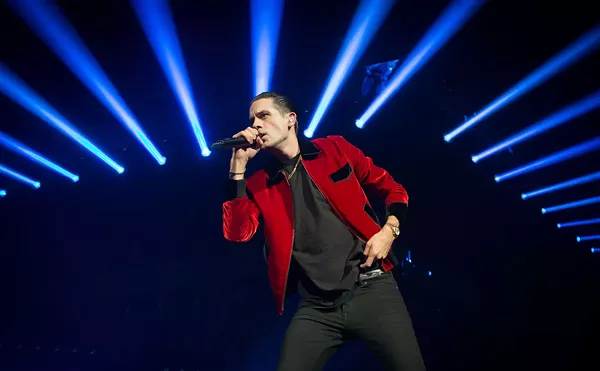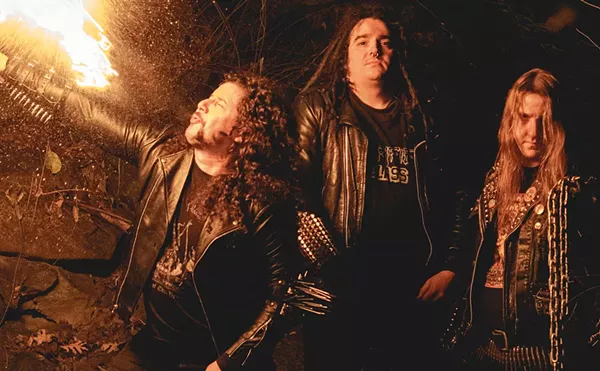Indio, Calif. — After the first of two weekends of performances by rock ‘n’ roll royalty, the Desert Trip festival can claim spiritual victory, 1-0, over the insidious force that threatened to overshadow it: Nostalgia.
With a lineup of performers entirely in their 70s, weekend passes ranging between $399 and $1,599, and setlists certain to be stacked with greatest hits, it could have easily been a three-day cliché — and still have left the audience satisfied.
But the artists themselves — Bob Dylan, The Rolling Stones, Neil Young, Paul McCartney, The Who, and Roger Waters — continue to embrace the rebellious nature of the 1960s, and wielded it to make themselves heard on a platform they haven’t previously enjoyed together.
The crowd itself at Desert Trip didn’t necessarily meet the expectations of a festival that was dubbed “Oldchella” before the first performer took the stage.
Held on the grounds of the Empire Polo Club in Indio — the site of the annual, multi-stage Coachella Valley Music and Arts Festival — the audience at the first weekend of Desert Trip was younger and more diverse than expected, with visitors coming from as far away as New Zealand.
Temperatures hovered between 95 and 99 degrees during weekend one of the festival, but dropped to about 70 degrees when the bands took the stage in the evening, with the performances taking place in what felt like a warm bath.
The small tent camping contingent at Desert Trip, where we stayed, was almost entirely the domain of millennials. While the festival itself didn’t open until 2 p.m. each day, a concession area that included food, drinks, games, and phone charging stations offered a place to escape once campers were baked out of their tents each morning by the heat.
An all-inclusive culinary package at Desert Trip cost $499 for the weekend.
We stuck with the more-than-decent a la carte food vendors, all of which hovered around $10-15 for entrees such as pizza, burgers, quesadillas, and mac ‘n’ cheese.
Desert Trip featured its own record store — complete with record store-looking employees; towering cut-outs on the festival grounds of the performers’ album covers, such as Band on the Run and After the Gold Rush; and a stunning photography exhibition with work from rock shooters such as Lynn Goldsmith, Baron Wolman, and Henry Diltz — the last of whom came to Desert Trip and photographed The Who.
Inside the packed exhibition hall, a woman asked for her picture to be taken next to a framed print of The Who playing at sunrise at Woodstock.
She flashed a peace sign, and it seemed like yet another Instagram moment, until the woman turned, pointed at the photo, and said: “I was there.”







